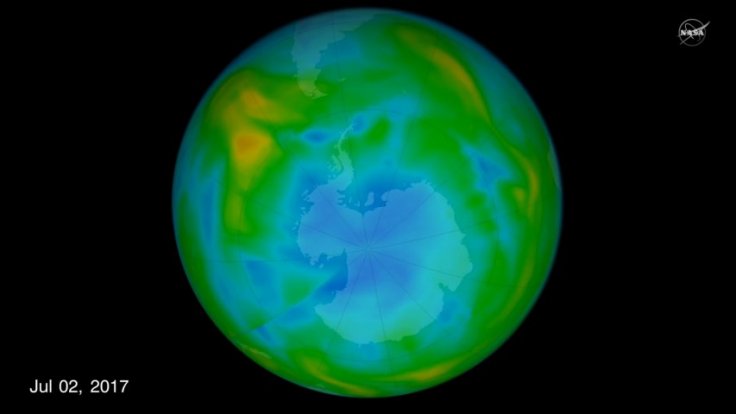
Scientists have previously identified that a compound named carbon tetrachloride is primarily causing the destruction of the ozone layer which protects the living beings on the earth from harmful ultraviolet (UV) radiation.
Even though the compound has been banned throughout the world since 2010, a recent study indicated that the global emissions of this compound have not declined yet, and more than 40,000 tonnes still being annually emitted.
As the origin of this harmful compound started puzzling experts, a study team from South Korea, Switzerland, Australia and the USA conducted a joint research and found that the emissions are majorly coming from eastern Asia. Their research report which is now available in the journal Geophysical Research Letters reveals that more than half of the carbon tetrachloride global emissions came from eastern China from 2009-2016.
"Our results show that emissions of carbon tetrachloride from the eastern Asia region account for a large proportion of global emissions and are significantly larger than some previous studies have suggested. Not only that, but despite the phase-out of carbon tetrachloride production for emissive use in 2010, we found no evidence for a subsequent decrease in emissions," said Mark Lunt, from the University of Bristol's School of Chemistry who is the lead author of the study in a recent statement.
The study also found that emissions from certain regions have increased slightly since 2010, but the new emission point is from the Shandong province of China after 2012.
Matt Rigby, Reader in Atmospheric Chemistry at the University of Bristol and the co-author of the study revealed that the study team is still unaware whether the carbon tetrachloride emissions from China are made intentionally or inadvertently.
"Studies such as this show the importance of continued monitoring of ozone-depleting gases. There is a temptation to see ozone depletion as a problem that has been solved. But the monitoring of man-made ozone-depleting gases in the atmosphere is essential to ensure the continued success of the phase-out of these compounds," said Rigby.
The study team also added that proper identification of the source which results in the emission of carbon tetrachloride will help to recover and protect the ozone layer which acts as an umbrella that protects the entire planet from solar radiation.









